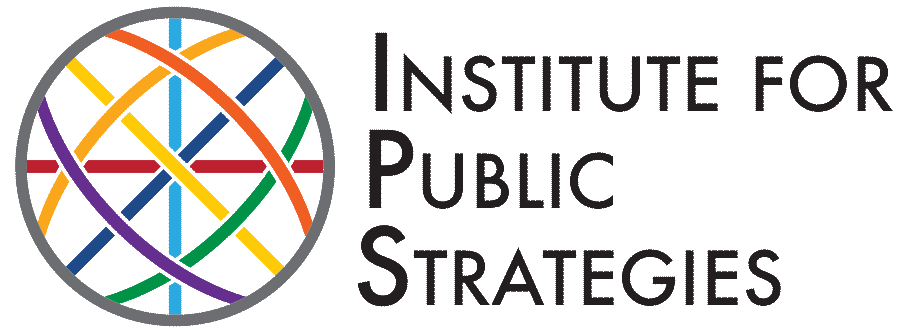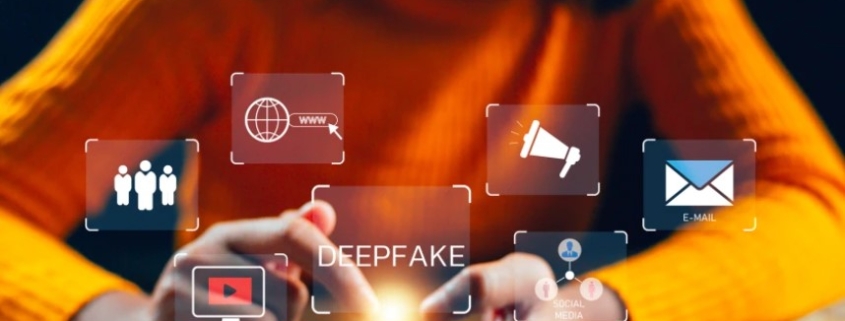Social Media Warning Labels: How Teens Can Responsibly Engage in Social Media Use
Have you heard of the Kia Challenge? This social media trend has exploded on TikTok, with less-than-positive outcomes. After a video went viral of a teen-led carjacking, there was a skyrocket in Kia and Hyundai thefts around the country. Through online platforms, teens encourage each other to engage in risky, illegal behavior. This begs the question: Should social media come with a warning label, similar to other health and safety risks like tobacco and alcohol?
Social media platforms like TikTok, Instagram and X are accessible to all age groups, including minors. Impressionable teens nationwide spend an average of almost five hours on these apps daily. Parents and mental health professionals support the U.S. Department of Health and Human Services’ Surgeon General’s call for warning labels on social media. By bringing awareness to the risks of social media, warning labels will help prevent adverse health outcomes for youth.
Through social media, peer pressure has taken a twist through engaging trends and the desire to fit in as a young person. Through online platforms, teens have access to inappropriate content for their age group, such as drug and alcohol promotions. Famous pop stars and internet influencers are using their pages to endorse and promote alcoholic products. Anyone can follow these accounts, regardless of age.
Furthermore, the American Psychological Association shows how problematic these promotions on social media are for teen alcohol and drug use. The study found that “adolescents who perceive that alcohol use is normative, as evidenced by Facebook profiles, are at higher risk for cognitions shown to predict alcohol use than adolescents who do not see alcohol use portrayed as frequently on Facebook.” This meta-analysis determined that social media is a health risk for underage users, and there should be public health interventions put in place. Warning labels on social media are a solution to educate teens and reduce alcohol and drug-related harms.
But do warning labels actually make a difference? Given the evidence from tobacco prevention and research, there may be hope for social media labels. After all, warning labels on cigarettes led to a decrease in the prevalence of people who smoke. A study on the association between cigarette graphic warning labels (GWL) and cigarette smoking consumption found that “countries with GWLs experienced a reduction of 230–287 sticks of per capita cigarette consumption compared to countries without GWLs.” If warning labels can reduce the number of tobacco users and reduce unhealthy outcomes, perhaps they can also mitigate health harms associated with teen social media use.
While social media has allowed teens to stay up to date on current events, it’s also a catalyst for spreading misinformation. Such examples are the much hyped, not-so-healthy diet trends that encourage viewers to lose weight to match an unattainable beauty standard. Due to the portrayal of body image and diet culture online, the pervasiveness of eating disorders and co-occurring mental health disorders is increasing in adolescent girls. Warning labels would better alert users to the risks of misinformation on social media and let users know when public health trends are accurate.
While social media provides a platform for youth to learn about and nurture their mental health, cyberbullying can easily undo any of those positive strides. Hiding behind a screen and an anonymous username is the easiest way to bully someone online. Users can report an account or delete comments. But by that time, the damage has already been done and a youth’s mental health takes a nosedive so severe that it can sometimes lead to teen suicide. With the help of age-specific warning labels, teens should be aware of the potential harms of cyberbullying during this crucial time in the development of self-identity and confidence.
Furthermore, social media algorithms and their addictive qualities make logging off difficult, especially for teens. Articles have shown that social media, like the effects of food or drugs, influence our reward pathways. When youth are addicted to their phones, it takes away from the daily activities of childhood, such as schoolwork, sports, and sleep, a lot of which teens are losing due to prolonged activity on social media. Warning labels would encourage youth and their parents to limit their social media consumption for their health and well-being.
To be clear, warning labels aren’t the only tool we could use to prevent the health risks posed by social media. It also takes the political will of social media platforms to create algorithms that strike the right balance between free speech and preventing health-related harms.
As consumers of social media, the responsibility is on us to embrace a little bit of skepticism by questioning the authenticity and truth of the content we’re seeing. It’s valuable to consider public health when we post, comment or share on social media. Warning labels will help teach younger generations how to use social media responsibly.
Author:
Hannah Cordeiro
Hannah Cordeiro is a Prevention Specialist at the Institute for Public Strategies and oversees the Young Advocates Program in San Diego County.



